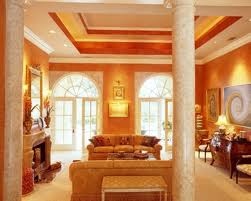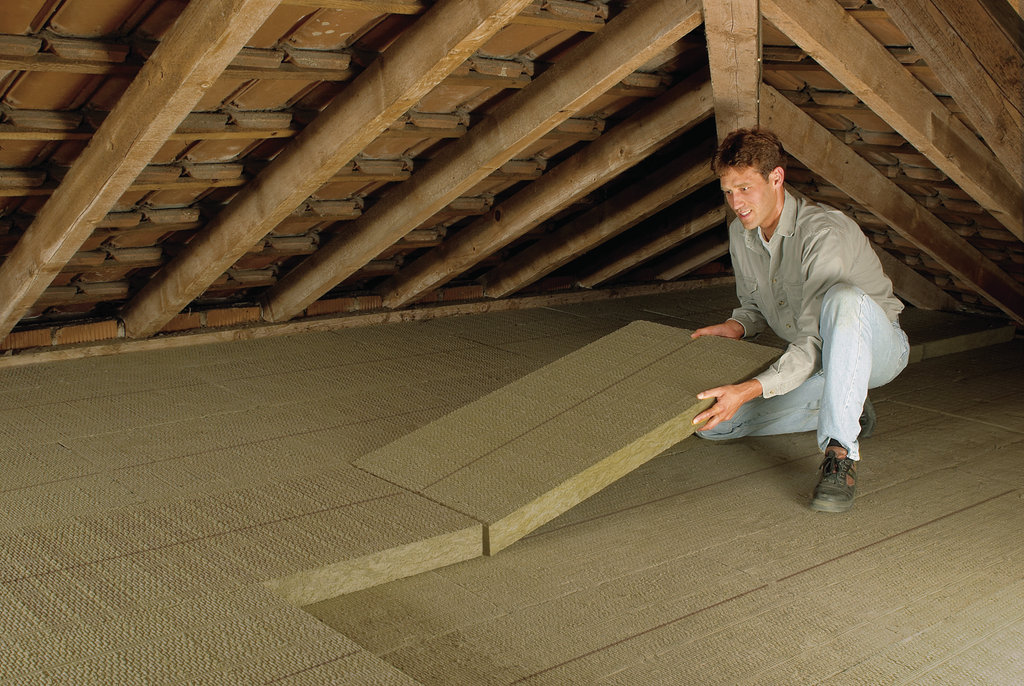Prepare to embrace the biophilic design trend as it takes the interior design world by storm in 2024. This innovative approach focuses on bringing the healing power of nature into our living spaces, offering a plethora of benefits to our well-being and overall quality of life. From incorporating natural elements such as sunlight, plants, and natural materials to creating immersive indoor landscapes, biophilic design is revolutionizing the way we view and interact with our home environments.
In this blog post, we will explore the various ways in which biophilic design is making its way into our homes, from sustainable furniture and green building materials to biophilic-inspired home decor and architecture. We will delve into the science behind the trend, discussing its profound impact on our mental and physical health. Additionally, we will highlight the role of technology in supporting and enhancing the biophilic design movement, as well as the potential challenges and pitfalls to be aware of as this trend continues to gain momentum.
Key Takeaways:
- Biophilic design is on the rise: The incorporation of nature into interior spaces is a growing trend in home design. From living walls to natural materials, homeowners are seeking to bring the outdoors inside.
- Health and well-being benefits: Biophilic design has been linked to improved mental health, productivity, and overall well-being. By connecting with nature indoors, individuals can experience reduced stress and increased happiness.
- Sustainability and environmental impact: The use of biophilic design promotes sustainable practices and reduces the environmental impact of home construction and renovation. By utilizing natural materials and energy-efficient designs, homeowners can contribute to a healthier planet.

Historical Context of Biophilic Design
Any discussion of biophilic design must begin with an understanding of its historical context. The concept of bringing nature into the built environment is not a new one, but it has gained significant traction in recent years as people seek to reconnect with the natural world in response to the challenges posed by urbanization and technological advancement.
Origins and Evolution
Historically, humans have always had an innate connection to nature, as our ancestors relied on the natural environment for their survival. However, as societies transitioned to urban and industrialized settings, this connection began to wane. The modern concept of biophilic design can be traced back to the 1980s when biologist Edward O. Wilson introduced the term “biophilia” to describe the human affinity for nature. This sparked a renewed interest in incorporating natural elements into the built environment, leading to the development of biophilic design principles and practices.
Key Milestones Through the Decades
Design movements such as the Arts and Crafts Movement in the late 19th century and the Bauhaus movement in the early 20th century laid the groundwork for biophilic design by emphasizing the importance of natural materials and a connection to the environment in architecture and interior design. In the 1960s and 1970s, the environmental movement brought attention to the interdependence between humans and the natural world, further shaping the evolution of biophilic design. The 21st century has seen a surge of interest in biophilic design as a response to the detrimental effects of climate change and urbanization, with architects, interior designers, and urban planners increasingly integrating nature into the built environment.
Biophilic design reflects a growing awareness of the need to create harmonious and sustainable living spaces that benefit both human well-being and the environment. The integration of natural elements such as natural light, vegetation, and water features into homes and public spaces has been shown to improve air quality, reduce stress, and promote overall wellness. The rise of biophilic design in 2024 is a testament to the increasing prioritization of human connection to nature and the recognition of the powerful impact it has on our health and happiness.
Principles of Biophilic Design
Now, as more homeowners seek to bring the tranquility and beauty of nature into their living spaces, the principles of biophilic design have become increasingly important. According to a recent report on 2024 Interior Design Trends That Will Transform Your Space, biophilic design focuses on creating environments that foster a strong connection to nature, ultimately enhancing the well-being of those who inhabit them.
The Essential Elements
Elements such as natural light, indoor plants, and natural materials are essential components of biophilic design. Natural light not only illuminates a space, but it also has a profound impact on our mood and well-being. Indoor plants not only add a touch of greenery, but they also improve air quality and create a sense of tranquility. Additionally, the use of natural materials such as wood and stone helps to bring the textures and colors of the natural world into our homes.
Integrating Nature with Architecture and Interiors
Essential to biophilic design is the seamless integration of nature with architecture and interiors. This can be achieved through the incorporation of elements such as green walls, living roofs, and large windows that offer panoramic views of the surrounding landscape. By blurring the boundaries between indoor and outdoor spaces, biophilic design allows for a harmonious coexistence with nature, ultimately promoting a sense of connection and well-being within the home.
Nature-inspired patterns, organic shapes, and sustainable materials also play a crucial role in integrating nature with architecture and interiors. By incorporating these elements, designers can create spaces that evoke a sense of tranquility and harmony, while also promoting environmental sustainability and well-being.

Psychological and Health Benefits
Your home is more than just a shelter; it is a space that can significantly impact your psychological and physical well-being. With the rise of biophilic design, nature is entering our homes and bringing along a plethora of psychological and health benefits that can improve our overall quality of life.
Mental Well-being and Productivity
Wellbeing is at the core of biophilic design, and its presence in our homes has been linked to improved mental well-being and productivity. Research has shown that incorporating natural elements such as plants, natural light, and views of nature into our living spaces can reduce stress, anxiety, and improve cognitive function. This can lead to increased creativity, focus, and overall productivity, making our homes not just a place to live, but also a space to thrive.
Physical Health Improvements
Wellbeing is not just limited to mental and emotional aspects, but also extends to physical health. The incorporation of biophilic elements in our homes has been proven to have a positive impact on our physical health. Exposure to natural elements has been linked to reduced blood pressure, improved air quality, and better sleep patterns. This can lead to a healthier and more rejuvenating living environment, ultimately contributing to a more balanced and fulfilling lifestyle.
Improvements in physical health, such as reduced blood pressure, better air quality, and improved sleep patterns are just a few of the positive effects of biophilic design on our overall well-being. By integrating natural elements into our homes, we can create living spaces that promote a healthier and more harmonious lifestyle.
Biophilic Design in Residential Spaces
Despite the increasing urbanization and technological advancements, there has been a growing trend of incorporating nature into our residential spaces. This approach, known as biophilic design, emphasizes the connection between humans and nature, bringing elements of the natural world into our homes to enhance well-being and overall quality of life.
Indoor Plant Trends and Their Impact
Indoor plants have become an integral part of biophilic design in residential spaces. The presence of greenery not only adds a visual appeal to the interior but also has a significant impact on the overall well-being of the inhabitants. Studies have shown that indoor plants can improve air quality, reduce stress, and enhance productivity. As a result, the demand for a variety of indoor plants, including air-purifying species and low-maintenance options, has surged in recent years.
Natural Materials and Textures in Home Decor
One of the key principles of biophilic design is the use of natural materials and textures in home decor. Materials such as wood, stone, and natural fibers bring a sense of warmth and grounding to a space, while also promoting a connection to the natural world. Incorporating these elements into furniture, flooring, and accessories can create a harmonious and tranquil environment, contributing to a sense of well-being and relaxation in residential spaces.
Any residential space can benefit from the use of natural materials and textures in home decor. From sustainable furniture made from reclaimed wood to organic textiles and earthy color palettes, integrating these elements can create a serene and inviting atmosphere that fosters a deeper connection to nature within the home.
Technological Advances Supporting Biophilic Design
To fully integrate nature into our homes, technological advances play a vital role in supporting biophilic design. From smart home ecosystems to innovations in sustainable materials and efficiency, technology is enabling the seamless integration of nature into our living spaces.
Smart Home Ecosystems and Natural Integration
Smart home ecosystems are revolutionizing the way we bring nature into our homes. From automated climate control systems that mimic outdoor temperature and humidity levels, to dynamic lighting that mimics natural daylight patterns, these advancements are creating a more intuitive and natural living environment. Smart devices and sensors are also being used to monitor air quality and optimize ventilation, enhancing the indoor air quality to be on par with the purity of nature.
Innovations in Sustainable Materials and Efficiency
Sustainable and eco-friendly materials are becoming increasingly integrated into home design, assisting in the realization of biophilic principles. From recycled and upcycled materials to energy-efficient appliances and construction techniques, these innovations are not only environmentally friendly, but also aesthetically pleasing, providing a seamless blend of nature-inspired elements into the home.
Integration of these sustainable materials and energy-efficient solutions into home design is not only beneficial for the environment, but also for the well-being of the inhabitants, creating a healthier and more natural living space.
Case Studies and Examples
Unlike previous design trends, biophilic design is not just a fad – it is a movement that is reshaping the way we interact with our living spaces. Here are some case studies that provide insight into the impact of biophilic design on our homes and urban settings:
- The Spheres, Seattle: The indoor forest at The Spheres covers 4,000 square feet and consists of more than 25,000 plants, creating a lush and natural environment within an urban setting.
- Bosco Verticale, Milan: This pair of residential towers in Milan is home to more than 900 trees, 5,000 shrubs, and 11,000 floral plants, helping to offset CO2 emissions and reduce energy consumption.
- Nedlaw Living Walls, Canada: The Living Wall biofilter system at the University of Guelph has been shown to reduce air pollutants in buildings by up to 80%, providing a healthier indoor environment.
Iconic Biophilic Structures in Urban Settings
Structures that integrate biophilic elements into their design are becoming iconic landmarks in urban settings. From the stunning greenery of The Spheres in Seattle to the innovative vertical forests of Bosco Verticale in Milan, these structures serve as beacons of biophilic design principles in the heart of bustling cities, offering a sanctuary of nature within a concrete jungle.
Transformation of Homes Through Biophilic Elements
Homes are being transformed through the integration of biophilic elements that bring nature indoors. Indoor gardens, living walls, and natural light systems are just a few examples of how biophilic design is reshaping the residential landscape, creating healthier and more sustainable living spaces.
Iconic residential projects like Bosco Verticale in Milan showcase the potential for biophilic design to not only enhance the aesthetic appeal of homes, but also to promote environmental stewardship and improve the well-being of inhabitants.

The Future of Biophilic Design
After witnessing the rapid growth and acceptance of biophilic design in recent years, it is clear that this approach to incorporating nature into our living spaces is here to stay. As we look forward to the future, it is important to consider the potential impact and evolution of biophilic design in the years to come.
Predictions and Upcoming Trends
For the future of biophilic design, we can expect to see an increased emphasis on sustainable and eco-friendly materials in the creation of nature-inspired spaces. With a growing focus on environmental consciousness, the use of natural, renewable resources and biodegradable materials is likely to become more prominent. Additionally, we anticipate a greater integration of technology and innovation to further enhance the connection between indoor spaces and the natural world.
The Role of Biophilic Design in Urban Planning
Designers and architects are recognizing the crucial role that biophilic design plays in urban planning. By incorporating natural elements into the design of cities and public spaces, there is a potential to improve the overall well-being and quality of life for urban dwellers. A holistic approach to urban planning, incorporating green spaces, natural lighting, and sustainable infrastructure, will contribute to creating healthier, more vibrant communities.
FAQ
Q: What is biophilic design?
A: Biophilic design is a concept that incorporates natural elements and materials into the design of indoor spaces, with the aim of creating a connection to the natural world.
Q: Why is biophilic design becoming popular in 2024?
A: With an increasing awareness of the importance of sustainability and environmental consciousness, biophilic design has gained popularity as a way to bring nature into our homes and create healthier, more harmonious living environments.
Q: How can I incorporate biophilic design into my home?
A: You can incorporate biophilic design into your home by using natural materials such as wood, stone, and plants, maximizing natural light, and creating indoor spaces that mimic outdoor environments, such as garden spaces and water features.
Q: What are the benefits of biophilic design?
A: The benefits of biophilic design include improved mental and physical well-being, increased productivity and creativity, reduced stress, and a greater sense of connection to the natural world.
Q: Are there specific trends in biophilic design for 2024?
A: Some specific trends in biophilic design for 2024 include the use of sustainable and eco-friendly materials, incorporating technology to simulate natural elements, and creating multi-functional indoor spaces that seamlessly blend with outdoor areas.

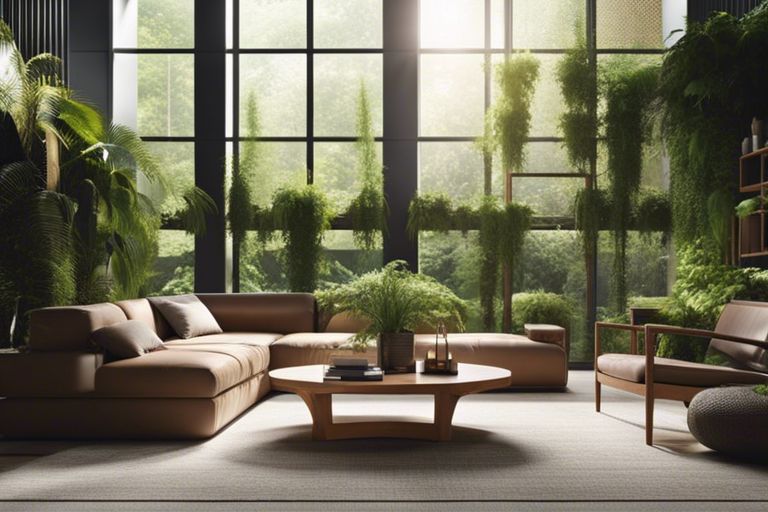

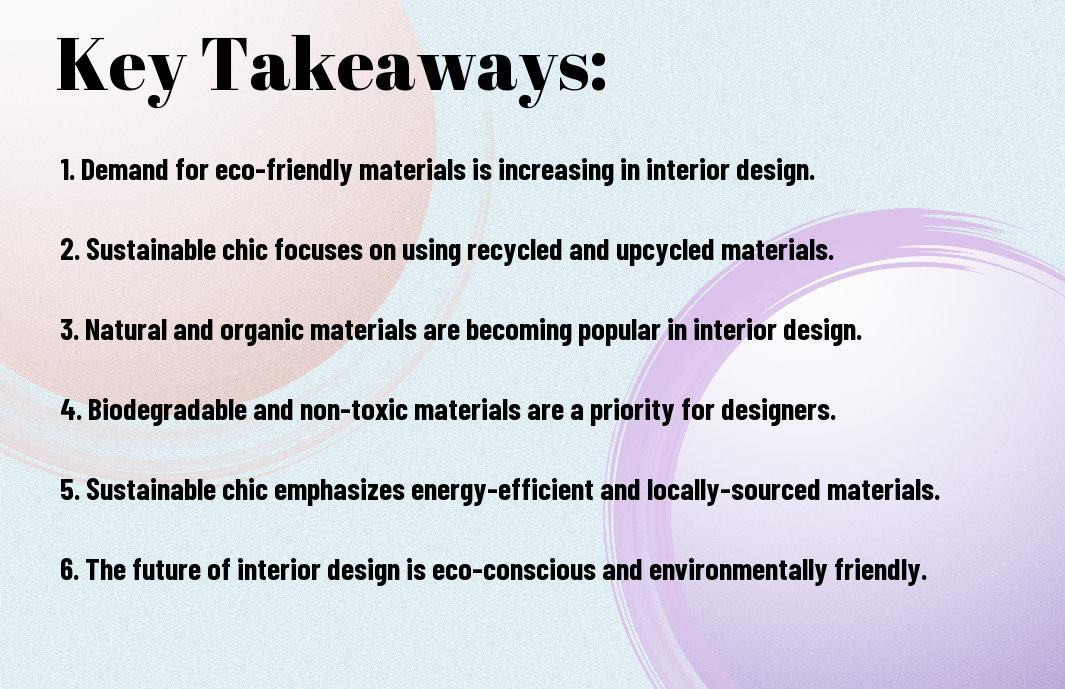
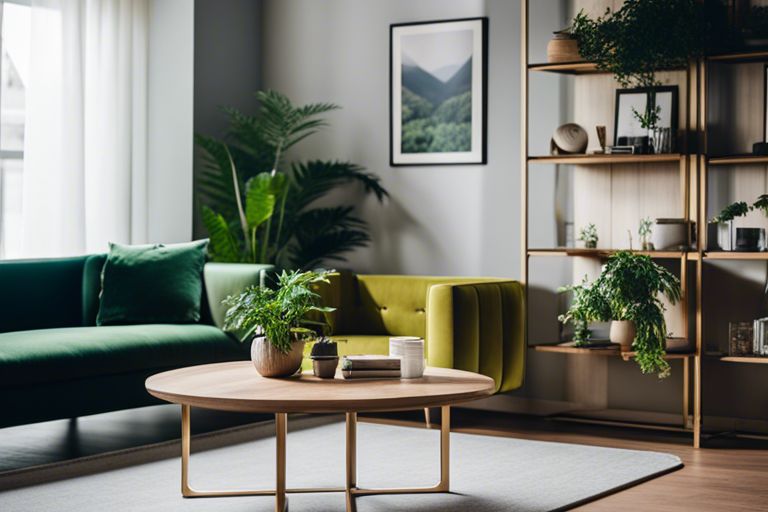




 “`html
“`html

